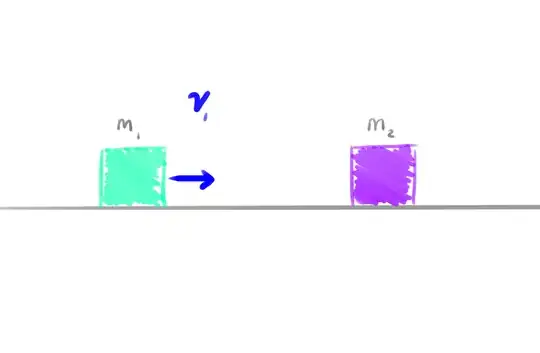Two blocks of masses and velocities $(m_1, \textbf{v}_{1,\:i})$ and $(m_2, \textbf{0})$ composed of identical material move towards each other on a frictionless plane in vacuum.
They collide. It is always observed that the quantity of motion respective to direction is conserved, such that $$ m_1 \cdot \textbf{v}_{1,\:i} = m_1 \cdot \textbf{v}_{1,\:f} + m_2 \cdot \textbf{v}_{2,\:f}.$$ Put a better way, the amount of mass going in any direction before and after the collision stays the same. We call the quantity momentum. This is quite palatable.
Experimentally, it is also observed that as more and more "elastic" materials, like steel, are used for the composition of the two blocks, a certain quantity approaches conservation, such that $$m_1 \cdot ||\textbf{v}_{1,\:i}||^2 = m_1 \cdot ||\textbf{v}_{1,\:f}||^2 + m_2 \cdot ||\textbf{v}_{2,\:f}||^2.$$ Firstly, I notice that this quantity is scalar, rather than vector, as the quantity of motion is. The only practical difference between is that we square the velocity. And yet, experimentally, the data tend towards this conservation equation. We call the quantity kinetic energy.
Usually, explanations point to black-box theorems and formulas that aren't helpful in terms of intuition, use circular reasoning, or create elaborate setups that, although helpful in mathematically understanding the conservation, are also not intuitive to me. So, intuitively, why is the quantity of $\frac{1}{2}m \cdot ||\textbf{v}||^2$ conserved in elastic collisions?
